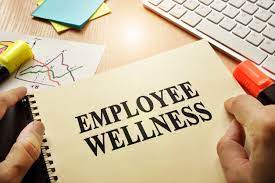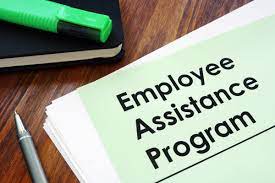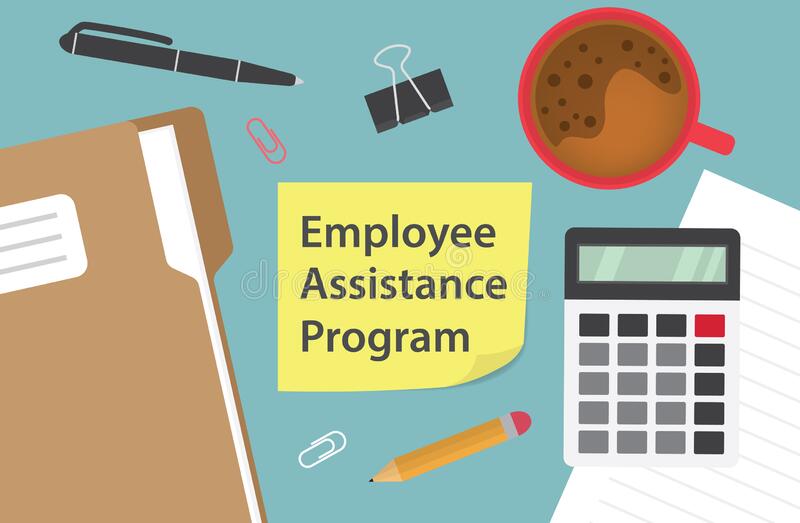Employee Assistance Programs (EAPs) are becoming increasingly popular in the modern workplace as employers recognize the importance of supporting their employees’ mental and emotional health. EAPs are the programs that provide counseling, support, and resources to employees who may be struggling with personal or work-related issues. In this blog post, we’ll explore the Employee Assistance Program benefits for both employees and employers. We’ll also provide some tips on how to choose an EAP that will best meet the needs of your organization.
Contents
What Is Employee Assistance Program?
An Employee Assistance Program (EAP) is a voluntary, confidential program designed to provide employees with support and resources to help them deal with personal or work-related issues that may be affecting their mental health, well-being, or job performance. EAPs typically offer a wide range of services, including counseling, referral to specialized resources, and educational materials on topics such as stress management, financial planning, and addiction recovery.
The EAP help employees address and resolve personal problems that may be impacting their work performance or overall well-being, ultimately helping them to be happier, healthier, and more productive at work.
What Are The Employee Assistance Program Benefits?

The main aim of Employee Assistance Programs (EAPs) is to support the mental and emotional health of employees and to help them manage personal or work-related issues that may be affecting their well-being or job performance.
Some of the specific benefits of EAPs include:
Confidentiality
One of the key benefits of EAPs is that they offer confidential support to employees. This means that employees can seek help without fear of stigma or repercussions, which can be particularly important for employees who may be hesitant to seek help for personal or work-related issues.
Early Intervention
EAPs can help identify and address personal and work-related issues before they escalate into more serious problems. By providing employees with access to support and resources, EAPs can help employees address issues such as stress, depression, or substance abuse before they become more serious problems. This can help employees stay productive and engaged in their work, and can also help prevent more serious issues from arising.
Access To Resources
EAPs provide access to a range of resources, including counseling, coaching, and referral services. This can help employees address a variety of issues, including stress, depression, substance abuse, and family or relationship problems. By providing employees with access to these resources, EAPs can help employees address issues that may be impacting their personal or work life.
Improved Productivity
By providing employees with the support and resources they need to address personal and work-related issues, EAPs can help improve employee productivity and job satisfaction. When employees feel supported and valued, they are more likely to be engaged in their work and perform at a higher level. This can have a positive impact on overall workplace morale and performance.
Cost-effective
EAPs can be a cost-effective way to support employees’ mental health and well-being. By identifying and addressing issues early on, EAPs can help prevent more serious problems from arising, which can be more costly to address in the long run. Additionally, by providing employees with support and resources, EAPs can help reduce absenteeism and turnover, which can also be costly to employers.
Overall, the main employee assistance program benefits are to provide employees with the resources and support they need to address personal or work-related issues and improve their overall well-being and job performance.
Finding A Best Employee Assistance Program
Finding the best Employee Assistance Program (EAP) for your organization can be a challenging task, as there are many different programs available, each with its own set of strengths and weaknesses. Here are some key factors to consider when evaluating EAPs:
- Range of services: Look for an EAP that offers a comprehensive range of services, including counseling, referral to specialized resources, and educational materials on a variety of topics.
- Confidentiality: EAPs should be confidential and voluntary, meaning that employees can access the services without fear of negative consequences or stigma.
- Availability: Consider the availability of the EAP’s services, including hours of operation, the availability of crisis support, and the ability to provide services in multiple languages.
- Cost: Determine the cost of the EAP, and whether it is included in your organization’s employee benefits package or requires an additional fee.
- Provider qualifications: Evaluate the qualifications and experience of the EAP provider, including the training and credentials of the counselors and support staff.
- User experience: Consider the user experience of the EAP, including the ease of accessing services, the quality of the counseling and support, and the overall satisfaction of employees who have used the program.
By taking these factors into consideration, you can find an EAP that best meets the needs of your organization and provides valuable support to your employees.
How Much Does The Employee Assistance Program Cost?

The cost of an Employee Assistance Program (EAP) can vary depending on a number of factors, including the size of your organization, the range of services offered by the EAP, and the provider you choose. EAPs are typically offered as part of an employee benefits package, so the cost is usually borne by the employer.
The cost of an EAP can range from a few dollars per employee per month to several dollars per employee per week, depending on the level of services provided. Some EAPs may offer a basic level of services at a lower cost, while others may offer more comprehensive services at a higher cost.
It’s important to note that the cost of an EAP is often offset by the benefits it provides, such as improved employee productivity, reduced absenteeism, and decreased healthcare costs associated with mental health issues. Many employers find that the cost of an EAP is a worthwhile investment in the overall health and wellbeing of their employees.
Conclusion
Employee Assistance Programs (EAPs) are an increasingly popular way for employers to support the mental and emotional health of their employees. These programs offer confidential and voluntary services to employees, including counseling, referral to specialized resources, and educational materials on a variety of topics. By investing in an EAP, employers can improve employee well-being, support job performance, promote a positive work culture, and prevent crises. By implementing an EAP, employers can demonstrate a commitment to employee wellbeing and create a more positive and productive work environment.
Employee wellness programs are the key to improving employee motivation, productivity, and retention. At MantraCare, we have a team of health experts, counselors, and coaches who serve corporate employees with 10+ wellbeing programs including EAP, Employee Diabetes Reversal, Corporate MSK, Employee Fitness, Corporate Yoga, and Employee meditation.
